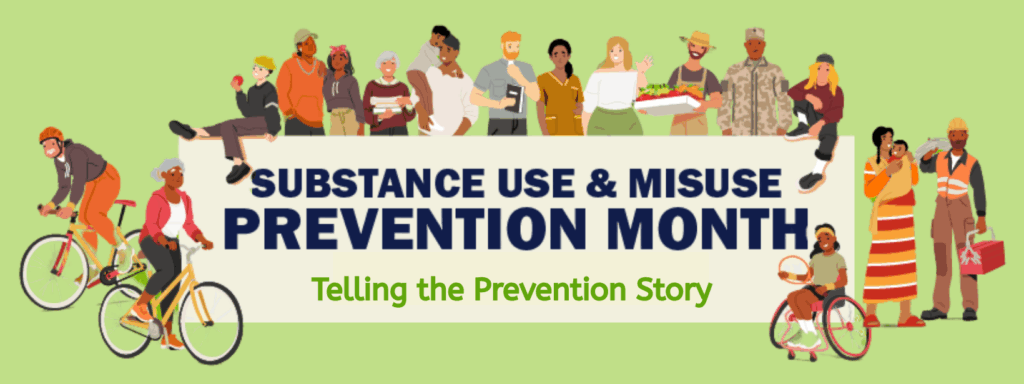
Health-promoting relationships are key tool
If you had a big event approaching and wanted to take special care to avoid getting sick, there are steps you might take. Getting extra rest; taking vitamin C; avoiding large crowds or small children; or wearing a mask in public.
As adults, we know both the risks for cold and flu and the protective factors which help prevent them. The more measures we apply, the lower our chances become of getting sick. And the possibility of enjoying our event with full health increases.
This “public health” model of prevention looks at the underlying causes of illness. It identifies risk factors, as well as the protective factors that can balance out those risks. This is the model we use in Pennsylvania—and at home here in Chester, Lancaster, and Lebanon Counties—to address substance use, gambling, and addiction. It’s well-researched, it’s effective, and it includes practices that you may already be doing!
The Building Blocks of Prevention
Prevention specialists—whether they work with gun violence, heart disease, or addiction—have the same goal: to build protective factors to the point where they outweigh risk factors. An old-fashioned balance scale serves as a good metaphor for how we manage this balancing act.
An individual or community’s risk factors for addiction go on one side of the balance scale. On the other side, we begin to build up protective factors to balance out the risks, and tip the scales toward health. Some people and communities have many risk factors; therefore, many protections are needed. Others have minimal risks and can stay healthy with few protections.

Risk Factors
As with other illnesses, some of the risk factors for addiction are within our power to control, and others are not. Take a look at this list: which are easiest to change, and which are harder to influence?
- Genetic predisposition for addiction (family history)
- Childhood trauma
- Family or friend circle has favorable attitudes toward using alcohol, drugs or gambling
- Don’t feel connected to family, school, or community/neighborhood
- Identify as LGBTQ+
- Have a mental illness
- Do not believe that alcohol, drugs or gambling can be harmful
- Sensation-seeking or rebellious personality
A prevention specialist would look down this list and see that genetic traits, such as how alcohol or drugs are metabolized in the liver and react in the brain, are fixed. Attitudes toward substance use or gambling and how harmful that might be, however, are something that can change. After doing research to see which risk factors are a problem in a community, we would bring in a prevention program that offered protective factors to balance out those risks.
Protective Factors
Not everyone will develop addiction problems, even if they have experienced these risk factors. Some are exposed to protective factors that may keep them healthy. These include:
- Having health-promoting relationships
- Opportunities to achieve and be recognized at home, school, or the community/neighborhood
- Feeling attached to family
- Adequate financial resources for the family
- Ability to make friends
- Good coping and problem-solving skills
- Mastery of academic skills
- Optimistic, easy-going personality
Even One Trusted Adult
Having health-promoting relationships is an important protective factor, as the presence of even one trusted adult in a child’s life can have an outsized impact. If these trusted adults facilitate intentional, purposeful, meaningful relationships with young people, they can help them develop the beliefs that are needed for a lifetime of connection, lowering their risks for substance use, addiction, anxiety, and depression. These beliefs include:
- I am seen and loved
- I matter
- I can influence my life and health
- I can overcome hard things
- I have support

The development of these protective beliefs can be encouraged by the use of micro-skills by trusted adults—small, specific competencies made up of actions and words.
Micro-Skills in Trusted Adults
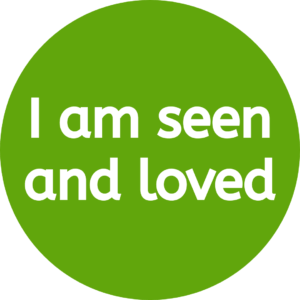
- FOCUS: Give your full attention, showing you care.
- EXPRESS: Communicate your acceptance of and belief in them.
- EXPLORE: Open a doorway for youth to explore spirituality, strength, or hope.
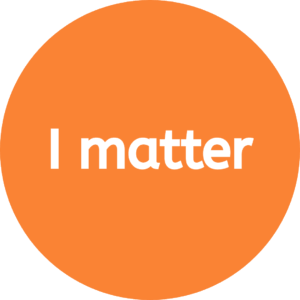
- NOTICE: Truly see and hear the youth as they are.
- AFFIRM: Share with youth how their unique gifts have a unique impact.
- EXPRESS NEED: Show youth how they’re relied on, indispensable, and essential.
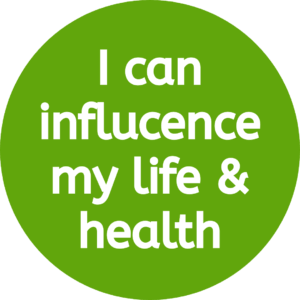
- RECOGNIZE: Help youth clarify their values and goals.
- ENCOURAGE: Guide youth towards independent problem-solving and decision-making.
- SUPPORT: Reinforce the ability for achievement and overcoming hard things.
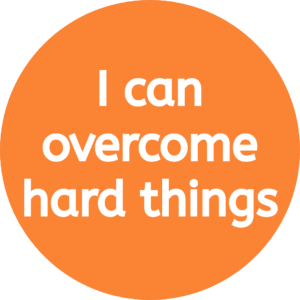
- EMPOWER: Grow youth’s sense of their strengths and skills.
- COACH: Let youth know they are not alone and they can get through hard times.
- BUILD: Increase youth’s use of positive coping behaviors.
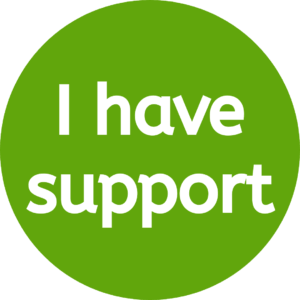
- NAVIGATE: Help youth navigate challenging situations and build support networks.
- FUEL: Fuel youth agency and confidence.
- ADVOCATE: Be ready to advocate for youth when they need it.
Next Steps
It’s likely that as you read through these skills, you recognize many that you’re already using. There may also be skills that you’d like to work on. The Health-Promoting Relationships Paradigm Toolkit recommends these steps for getting started:
- Orient yourself to the health-promoting relationships paradigm and why it matters.
- Reflect on your current mindset, skills, and relationships with youth and identify opportunities for development.
- Plan how you will integrate a health-promoting approach (cultivating beliefs, activating agency, and fostering skills) into those relationships.
- Share what you’ve learned and help others take action, too!
Compass Mark will share details, tools, and research on health-promoting relationships as we receive them. We are inspired by the focus on forming trust and emotional safety with others, as well as becoming aware of cultural and other differences. The toolkit offers,
“When health-promoting relationships are scaled in organizations and prioritized in youth; adults & communities, schools, and systems are more capable of fostering a culture of well-being.”
Health-Promoting Relationships content was provided by A Division for Advancing Prevention and Treatment (ADAPT) at the Washington/Baltimore High Intensity Drug Trafficking Area (HIDTA) in collaboration with Dr. Christina Bethell of the Child and Adolescent Health Measurement Initiative and Dr. Jody Kamon of the Center for Behavioral Health Integration.
REFERENCES
A Division for Advancing Prevention and Treatment. Health-Promoting Relationships Paradigm (Toolkit): Cultivating Beliefs, Activating Agency, and Fostering Skills in Youth to Prevent, Protect, and Flourish. Published September 8, 2025.